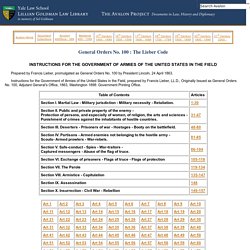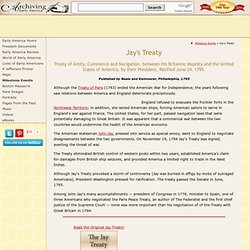

The Connected States of America. The Connected States of America illustrates the emerging communities based on the social interactions through the use of anonymized mobile phone data. Investigating the interaction network of people reveals interesting facets on how people utilize space. Cities attract their citizens from all walks of life, from nearby and from distant areas across the country. This constant flux of people commuting, migrating, and travelling across the country establishes connections which are dominated by large cities.
The social connections woven across the United States can be used to define communities, where the glue that holds a community together is a stronger relationship with other members of the same community compared to members of other communities. Naturally, one can ask whether the communities defined purely by social interactions coincide with the administrative boundaries, for example state boundaries? Project Sponsors MIT senseable city lab ATT Labs - Research. CCH Expanded FAR Matrix Toolkit.
The Law of Nations. General Orders No. 100 : The Lieber Code. General Orders No. 100 : The Lieber Code Prepared by Francis Lieber, promulgated as General Orders No. 100 by President Lincoln, 24 April 1863.

Instructions for the Government of Armies of the United States in the Field, prepared by Francis Lieber, LL.D., Originally Issued as General Orders No. 100, Adjutant General's Office, 1863, Washington 1898: Government Printing Office. Martial Law - Military jurisdiction - Military necessity - Retaliation Article 1. A place, district, or country occupied by an enemy stands, in consequence of the occupation, under the Martial Law of the invading or occupying army, whether any proclamation declaring Martial Law, or any public warning to the inhabitants, has been issued or not. The presence of a hostile army proclaims its Martial Law.
Art. 2. Art. 3. Jay's Treaty: In 1794, the treaty negotiated by John Jay between America and England averted further war. Treaty of Amity, Commerce and Navigation, between His Britannic Majesty and the United States of America, by their President, Ratified June 24, 1795.

Published by Neale and Kammerer, Philadelphia, 1795 Although the Treaty of Paris (1783) ended the American War for Independence, the years following saw relations between America and England deteriorate precipitously. England refused to evacuate the frontier forts in the Northwest Territory; in addition, she seized American ships, forcing American sailors to serve in England's war against France. The United States, for her part, passed navigation laws that were potentially damaging to Great Britain. It was apparent that a commercial war between the two countries would undermine the health of the American economy. The American statesman John Jay, pressed into service as special envoy, went to England to negotiate disagreements between the two governments. The Paris Peace Treaty of 1783. As It Appears In Jackson's Oxford Journal England, October 4, 1783.

The United States Constitution. The Constitution is presented in several ways on this site.

This page presents the Constitution on one large HTML-enhanced page. Other pages present the Constitution as a series of individual pages, in plain text, in standard Palm DOC format, and in enhanced TealDoc format. A quick reference is also available, as are photos of the Constitution. The Constitution of China is available for comparison. In these pages, superseded text is presented like this: (This is superseded text.)
Anti-Federalist Papers. Sheriffs, Judges, and Redress - The Anti-Federalist Papers. The Federalist - Contents. The Articles of Confederation. Also see the Constitutional Topics Page for this document, a comparison of the Articles and the Constitution, and a table with demographic data for the signers of the Articles.

Images of the Articles are available. ContentsPreambleArticle I - Style Article II - States Rights Article III - Mutual defense Article IV - Laws of other states to be abided; extradition Article V - The Legislature Article VI - Rights denied the States Article VII - Appointment of military officers Article VIII - United States to pay for defense; taxes Article IX - Rights granted the Federal Government Article X - Committee of States Article XI - Canada may join the United States Article XII - Assumption of debt Article XIII - Articles are Supreme Law, amendment ConclusionSignatories Agreed to by Congress November 15, 1777; ratified and in force, March 1, 1781. Preamble To all to whom these Presents shall come, we the undersigned Delegates of the States affixed to our Names send greeting. Article I. Article II. The Declaration of Independence. The unanimous Declaration of the thirteen united States of America hen in the Course of human events it becomes necessary for one people to dissolve the political bands which have connected them with another and to assume among the powers of the earth, the separate and equal station to which the Laws of Nature and of Nature's God entitle them, a decent respect to the opinions of mankind requires that they should declare the causes which impel them to the separation.

He has refused his Assent to Laws, the most wholesome and necessary for the public good. He has forbidden his Governors to pass Laws of immediate and pressing importance, unless suspended in their operation till his Assent should be obtained; and when so suspended, he has utterly neglected to attend to them. He has called together legislative bodies at places unusual, uncomfortable, and distant from the depository of their Public Records, for the sole purpose of fatiguing them into compliance with his measures. What is definition of Posterity? (Black's Law Dictionary)